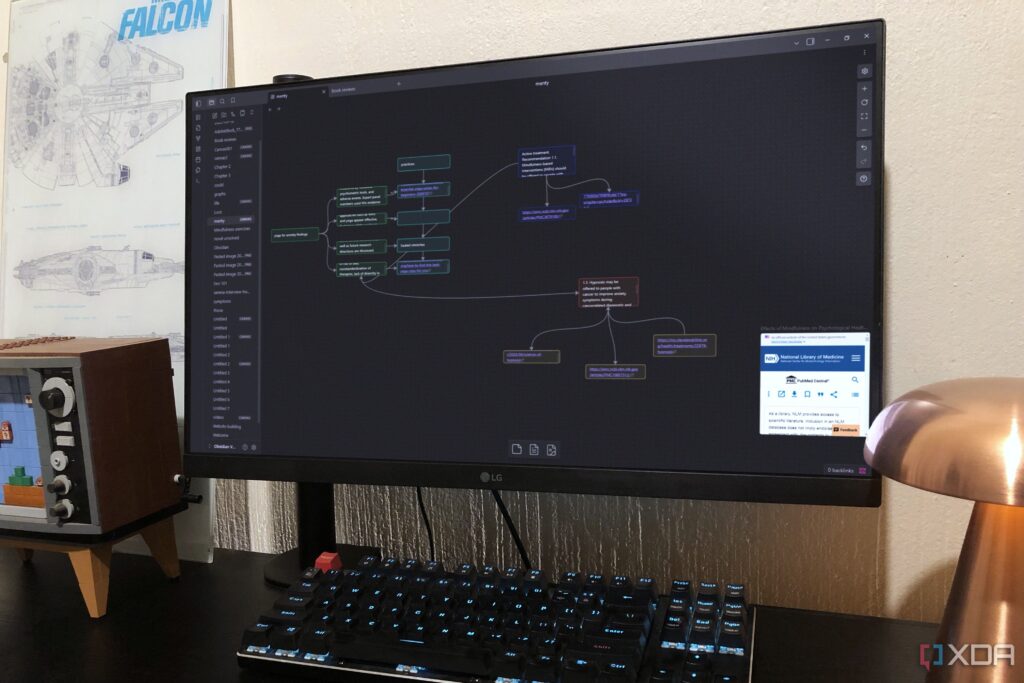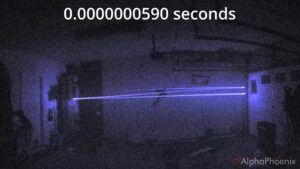
BREAKING: The integration of Obsidian Canvas and Zotero is revolutionizing how researchers handle their information, providing an innovative approach to visualizing and managing data. Researchers are now able to transform their static reference lists into dynamic, interactive maps of ideas, making research more engaging and efficient.
The latest developments in productivity tools highlight a growing demand for seamless integration of organizational software. Users report that pairing these two platforms allows them to visualize connections between sources, significantly enhancing their research experience. This shift is particularly impactful for professionals and students who rely heavily on effective resource management.
Obsidian Canvas, launched recently, enables users to import their Zotero libraries and manipulate their references in a more intuitive manner. Instead of scrolling through a monotonous list of citations, researchers can now create colorful and organized visual clusters. For instance, a user reported categorizing their yoga-related references with green cards, allowing for quick identification and connection with related themes.
One of the most significant advantages of this integration is the ability to pull key quotes directly from Zotero’s attached PDF files. As one user described, “By highlighting essential text in a source like ‘Yoga as an Intervention’ and linking it visually within Obsidian, I can access crucial information immediately without re-skimming the entire document.” This functionality is reshaping the research landscape, allowing for quicker access to information and deeper insights.
Moreover, users express frustration with the limitations of Zotero’s note-taking capabilities. The new Canvas platform offers an expansive whiteboard-like interface, allowing for unrestricted creativity. Researchers can easily add personal notes and thoughts alongside their citations without the cumbersome limitations of traditional reference management systems. This ease of use significantly boosts productivity and encourages deeper engagement with the material.
The visual aspect of research organization is underscored by the way users can create connections and clusters of related ideas. For example, a user might organize various meditation techniques on one side of their canvas and link them to corresponding studies on the other. This visual mapping not only clarifies the relationships between different pieces of information but also helps identify gaps in research that need further exploration.
As a result, the combination of Zotero’s structured database with the flexibility of Obsidian Canvas is transforming how researchers interact with their sources. Users report that they no longer feel overwhelmed by identical-looking files. Instead, they can see their entire research landscape at a glance, which significantly speeds up comprehension and inspires new insights.
This integration is not just a minor upgrade; it represents a major shift in research methodology. Professionals across various fields are encouraged to explore this powerful combination to enhance their productivity and effectiveness.
With the rapid evolution of research tools, staying informed and adapting to these changes is crucial for success. The integration of Obsidian Canvas and Zotero is just the beginning of a new era in research management. As more users adopt this innovative approach, the impact on productivity and research outcomes will likely be profound.






